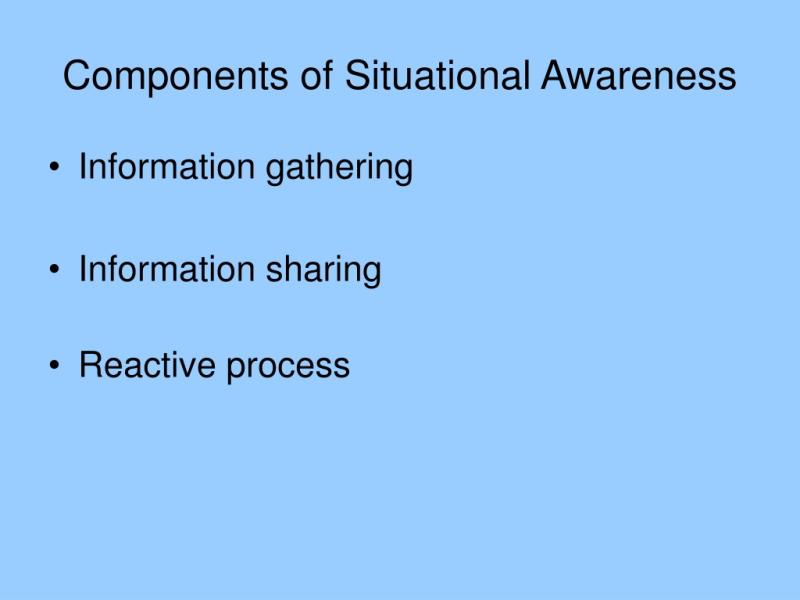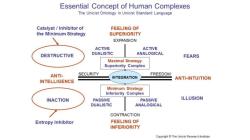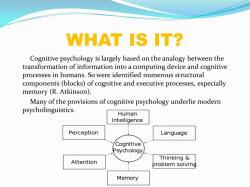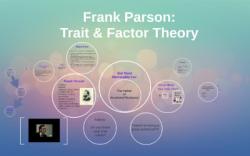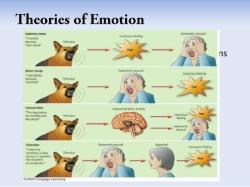What are the components of situational awareness?
Situational awareness refers to the perception and understanding of elements in the environment within a given space and time. It is crucial in various fields such as aviation, military operations, emergency response, and everyday decision-making. The components of situational awareness typically include:
Perception:The first step in situational awareness is perception. This involves actively sensing and gathering information from the environment through observation, hearing, touch, and other senses.
Comprehension:After perceiving information, individuals need to comprehend or understand what it means. This involves interpreting the data and recognizing patterns or relationships between different elements.
Projection:Projection involves anticipating future events or conditions based on the current understanding of the situation. It requires the ability to predict potential developments and outcomes.
Decision-Making:Situational awareness is closely linked to decision-making. Once individuals perceive, comprehend, and project, they can make informed decisions on how to respond to the situation.
Risk Assessment:Understanding the risks associated with a situation is a crucial component of situational awareness. This involves evaluating the potential consequences of different courses of action.
Communication:Effective communication is vital for situational awareness, especially in team environments. Sharing information and maintaining clear, concise communication helps ensure that everyone involved is on the same page.
Attention Management:Managing attention is about prioritizing information and focusing on the most critical elements of the situation. This helps prevent information overload and ensures that individuals concentrate on the most relevant factors.
Memory:Memory plays a role in situational awareness by allowing individuals to retain and recall relevant information. This includes remembering key details about the situation and past experiences.
Environmental Awareness:Understanding the physical environment, including terrain, weather conditions, and other contextual factors, is crucial for situational awareness. This is particularly important in outdoor or dynamic settings.
Cognitive Load Management:Managing cognitive load involves handling the mental demands placed on an individual's working memory. This is important for preventing cognitive overload and maintaining effective decision-making.
Feedback:Continuous feedback loops are essential for situational awareness. Receiving feedback on actions taken and the evolving situation helps individuals adjust their understanding and decision-making.
Time Management:Awareness of time is critical in situational awareness. Understanding the timeline of events and knowing when to take specific actions is crucial for effective decision-making.
Stress and Fatigue Management:Managing stress and fatigue is essential for maintaining situational awareness. High levels of stress or fatigue can negatively impact perception, comprehension, and decision-making.
Training and Experience:Training and experience contribute to situational awareness by providing individuals with the skills and knowledge needed to interpret and respond to different situations effectively.
These components work together to create a holistic understanding of a situation, allowing individuals to respond appropriately and make informed decisions. Developing and maintaining situational awareness is a skill that can be honed through training, practice, and experience in various contexts.
What are the key components of situational awareness?
Situational awareness, crucial in various contexts, comprises three key components:
1. Perception: This involves gathering information about your surroundings through all your senses. It includes:
- Visual: Observing the environment, noting people, objects, and potential hazards.
- Auditory: Listening for sounds and changes in soundscapes, identifying potential threats or important signals.
- Tactile: Feeling changes in temperature, pressure, or the ground beneath your feet.
- Olfactory: Noticing any unusual smells or changes in familiar aromas.
- Gustatory: In some situations, even taste can play a role, like tasting smoke indicating a fire.
2. Comprehension: Once you've gathered information, you need to interpret it and understand its meaning. This involves:
- Analyzing: Identifying patterns, connections, and potential consequences of observed facts.
- Predicting: Anticipating potential developments and scenarios based on your understanding of the situation.
- Prioritizing: Determining what information is most important and relevant to your current situation.
- Deciding: Choosing the appropriate course of action based on your analysis and priorities.
3. Projection: This goes beyond the present moment and involves anticipating future developments based on your current understanding of the situation. It includes:
- Awareness of time: Understanding the current time frame and how it might affect the situation.
- Awareness of dynamics: Recognizing the relationships and interactions between different elements in the environment.
- Awareness of potential changes: Anticipating how the situation might evolve and what factors might influence future developments.
These three components work together in a continuous loop. As you perceive new information, you constantly re-evaluate your understanding and adapt your projections for what might happen next.
For example, imagine walking down a dark alleyway. You perceive the lack of light (visual), the sound of footsteps approaching (auditory), and a feeling of unease (tactile). You comprehend this as a potentially dangerous situation and project that avoiding the approaching person might be the best course of action. Your situational awareness guides you to a safer route to navigate the alley.
The effectiveness of your situational awareness depends on various factors, like your experience, training, and ability to focus. Cultivating critical thinking, active observation, and awareness of your surroundings can significantly improve your situational awareness in any context.
I hope this explanation clarifies the key components of situational awareness!
